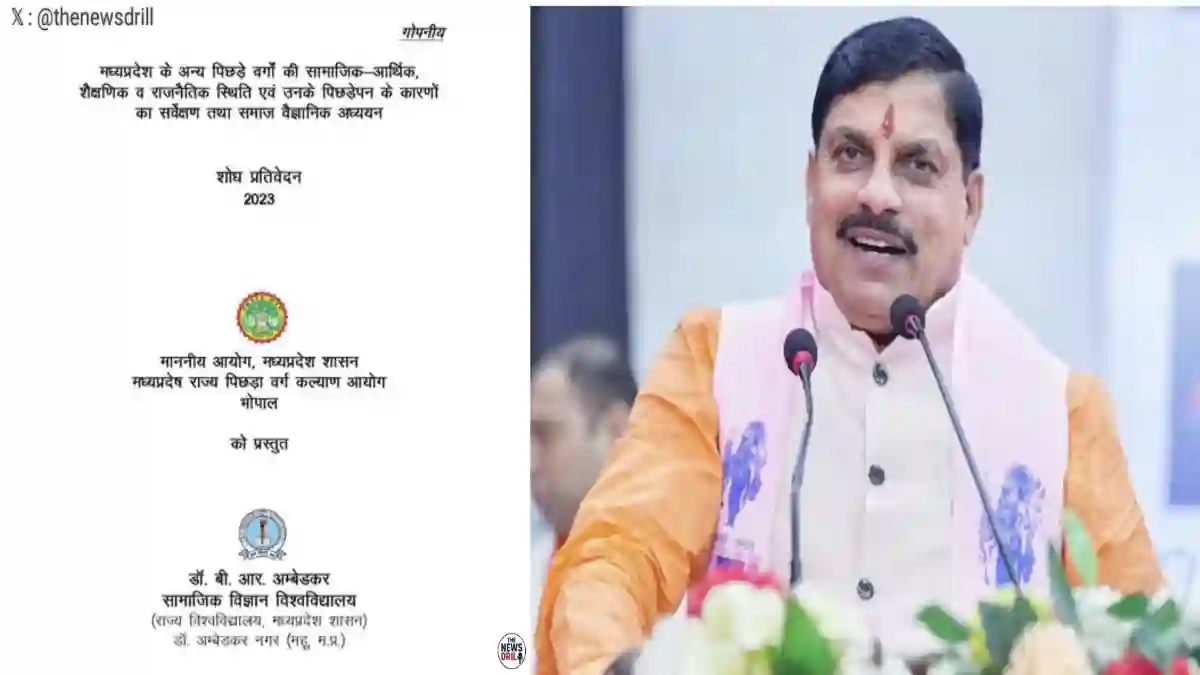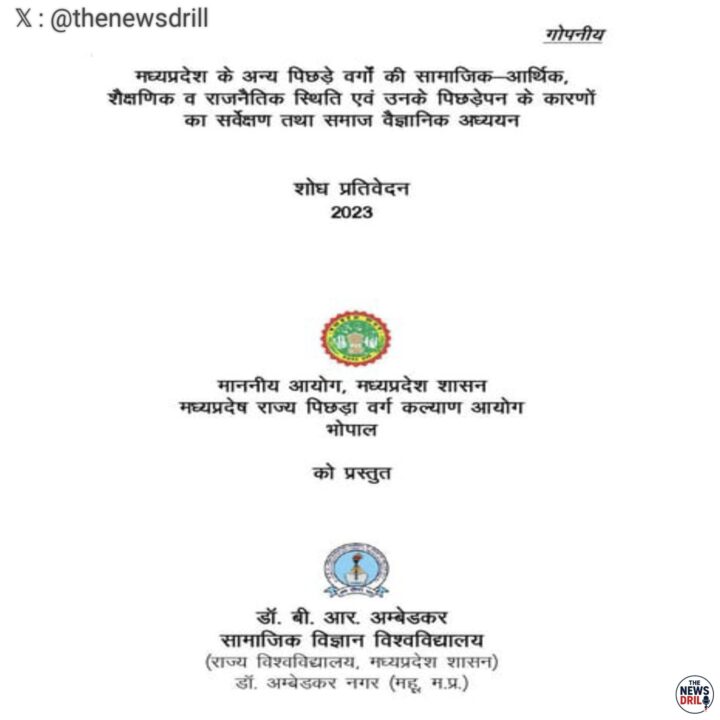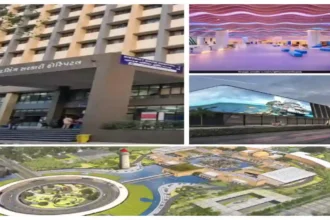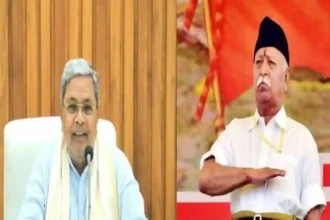
Bhopal, MP: A comprehensive report by the Madhya Pradesh Other Backward Classes (OBC) Welfare Commission has revealed a stark disparity in OBC representation in government posts, exposing deep structural inequalities in the state’s administrative setup. The data, compiled from 55 government departments, shows that nearly half of all sanctioned posts remain vacant, while the share of OBCs in higher level positions remains disproportionately low compared to their population share.
According to the report, out of 12,09,321 sanctioned posts, only 7,21,412 are currently filled, leaving 4,87,909 vacancies. Among the filled posts, OBC employees make up just 28.16%, while Scheduled Castes (SCs) account for 17.58%, Scheduled Tribes (STs) for 17.99%, and the unreserved category dominates with 36.27%.
OBC Representation in Higher Administrative Positions
The data reveals a worrying pattern across hierarchical levels. OBC representation in Class I services stands at just 9.55%, compared to 15.01% for SCs, 11.35% for STs, and a significant 64.08% for unreserved category employees. However, in Class IV posts, OBCs constitute 32.56%, indicating that their presence is concentrated mainly in lower administrative tiers.
The OBC Welfare Commission observed that this uneven distribution reflects the socio-educational backwardness of OBCs and highlights persistent barriers in accessing high-ranking government roles. While OBCs form nearly 45% of Madhya Pradesh’s population, their share in elite administrative posts remains “disproportionately low.”

High Vacancy Rates Deepen Inequality
The report also draws attention to the high vacancy rates among reserved posts. In All India Services, 51.17% of OBC posts remain vacant, while Class I positions show a vacancy rate of 68.24%. For SC and ST categories, 58% and 70% of upper cadre posts respectively remain unfilled. In contrast, Class III posts have a lower vacancy rate of 37%, suggesting that representation is better at the operational level.
The Commission noted that despite the implementation of reservation policies, the unreserved category continues to dominate senior positions, with an overrepresentation of 279% compared to their theoretical share.
Educational Representation of OBCs in Higher Studies
The report incorporates data from 73 higher education institutions, showing that OBC students form 33.87% of total enrollments across various academic programs. Their participation is higher in certificate and diploma courses (37–43%), but the representation declines significantly at advanced levels — only 21% at the PhD level.
This trend highlights the persistent gap in access to higher education and advanced research opportunities for OBCs in Madhya Pradesh.
Commission Recommends 35% OBC Reservation
The findings form part of a confidential government survey submitted to the Supreme Court. Conducted by Dr BR Ambedkar Social Science University, Mhow, under the leadership of Dr Ramdas Atram, the study surveyed nearly 10,000 OBC families across Madhya Pradesh. Submitted on July 28, 2023, to the State OBC Welfare Commission, the report has not been officially released but is expected to play a key role in the ongoing case over the 27% OBC reservation limit in the state.
Based on the analysis of education, employment, income, landholding, and access to public services, the Commission strongly recommends expanding OBC reservation to 35%. It further suggests renewed affirmative action and time bound implementation of reforms to address the long standing social and economic imbalance.
Way Forward
The report underscores the urgent need for policy-level intervention to improve OBC representation in government posts. Without significant structural reforms, the Commission warns, the imbalance in representation across administrative hierarchies will persist, undermining the goal of inclusive governance in Madhya Pradesh.













